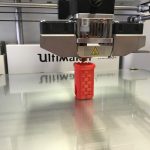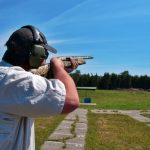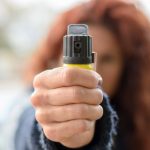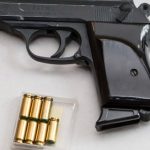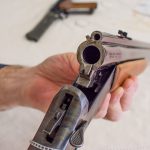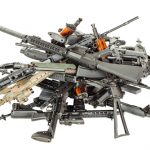Sydney Man Faces Prison over 3D Printed Replica Firearms
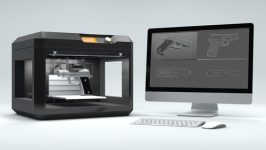
A Sydney man who pleaded guilty to manufacturing replica guns with a 3D printer is facing a lengthy prison sentence.
Mr Sicen Sun was arrested last year after advertising one of his replica firearms on a Facebook community ‘Buy, Swap and Sell group’ for ‘$1 million – negotiable’.
He is the first person to be charged under New South Wales laws that prohibit possessing blueprints for the manufacture of firearms.
The case so far
In addition to possessing the digital blueprints, Mr Sun pleaded guilty to the unauthorised manufacture of firearms and possessing an unauthorised pistol.
During his sentencing hearing in Downing Centre District Court, Mr Sun’s lawyers submitted that their client’s interest in making weapons stemmed from his interest in ‘cosplay’ – which is when fans dress up as their favourite super heroes and fictional characters.
The court heard that Mr Sun only ever meant for the replicas to be used as props in dress up; and that despite advertising one of them for sale, only wanted his craftsmanship to be acknowledged and never intended on a sale.
The defendant’s manufacturing prowess led to the production of a range of replicas, including a P90 sub-machine gun as seen in Stargate and a MA5C rifle from the video game Halo.
But Crown Prosecutor Stephen Makin was not so sure, submitting that the defendant was not engaging in the process “for love”.
After hearing the evidence and submissions, Judge Penelope Mass reserved her judgment until 21 August.
New South Wales law
It is a criminal offence across Australia to manufacture firearms without an applicable licence, but only NSW has specifically prohibited blueprints for 3D-printed firearms.
In 2015, the state government passed amendments to existing legislation which make it a crime to possess the digital blueprint files for manufacturing 3 dimensionally printed guns and weapons.
Section 51F of the Firearms Act 1996 now makes it an offence punishable by up to 14 years’ imprisonment to possess a blueprint for the manufacture of a firearm on a 3D printer or electronic milling machine.
The offence does not apply to those who are authorised by a licence or permit to manufacture the firearm concerned, or a member of the police force acting in the ordinary course of duty.
A ‘digital blueprint’ is broadly defined as any type of digital or electronic reproduction of a technical drawing of the design of an object.
‘Possession’ includes the existence of such a blueprint on a computer or data storage device, in addition to control of a blueprint on a computer or device that is in the possession of another, whether in Australia or elsewhere.
Section 25B of the Weapons Prohibition Act 1998 similarly prescribes a 14 year maximum prison sentence for anyone who possesses a digital blueprint for the manufacture of a prohibited weapon on a 3D printer or electronic milling machine.
The exceptions and definitions mirror those contained in the outlined Firearms Act offence.
The unauthorised manufacture of a firearm is an offence under section 50A of the Firearms Act which attracts a maximum penalty of 10 years’ imprisonment, or 20 years in the case of a pistol or prohibited firearm.
And possessing an unauthorised pistol is an offence under section 7 of the Firearms Act which carries a maximum penalty of 14 years’ imprisonment.
In Queensland
Several weeks ago, Queensland police allegedly located three fully functional 3D-printed handguns during a house raid on the Sunshine Coast.
Detective Senior Sergeant Daren Edwards described the imitations as “pretty well made… we use police Glocks and to hold them and feel them, they’re pretty good”.
“They are all polymer and all they needed was a pin and a spring-type assembly pushed into it to make it work. For all intents and purposes they would look like a gun”.
In 2014, the Queensland parliament rejected new laws which would have dealt specifically with 3d printed weapons, saying existing laws suffice.
Indeed, a man on the Gold Coast was handed a suspended prison sentence last year after pleading guilty to manufacturing parts for a 3D-printed gun that police later assembled and fired.



